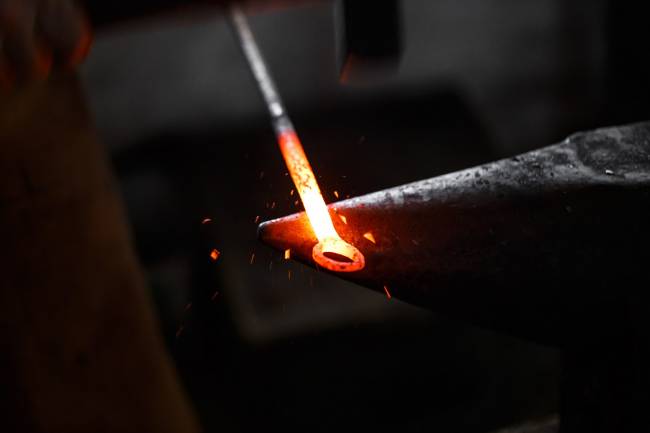
What Makes A Vertical Autoclave The Obvious Choice For Sterilizing?
Any equipment that can be used for the purpose of sterilizing, i.e. making something free from bacteria or other living microorganisms is generally named a sterilizer. A vertical autoclave is also one. But the question is what makes it different? And why is it preferred over the other options available. For starters, let’s try and understand how sterilization is done. The most common and of course the most preferred method is to put heat to some good use. That’s where an autoclave comes into the picture as it uses steam, saturated steam to be precise. Leveraging pressurized steam, this equipment can help you get rid of fungi, microbes, bacteria, and viruses, which you may have realized by now that could be hard to kill if you try and go about it the conventional way.
In fact, the traditional disinfection methods make it even more difficult. While a vertical autoclave makes use of steam and gets the job done, the traditional methods or so-called sterilizers rely on high pressure and fiction. There are some that even make use of chemicals. Not to forget to sterilizers that leverage filtration and at times, a combination of sorts, of different processes, all so that you can successfully sterilize a surface.
Let’s look at some of the methods used for sterilization. Dry heat sterilization is one of the most common ones. It is supposedly safe for the environment and doesn’t cost much. What’s more, it’s non-toxic. So, does that make it the ideal choice? No. And that’s because it’s highly time consuming to say the least. This brings us to the next available method. ETO (Ethylene oxide) sterilization. It also has its fair share of advantages, but again, the cons far outweigh the pros. There are lengthy time cycles, to begin with. And the costs involved could be too much. Worse still, use of this method calls for utmost care and a lot of precautions.
Read More: HORIZONTAL & VERTICAL AUTOCLAVE: WHAT IS, TYPE, USES AND WHERE TO BUY
So, a vertical autoclave emerges as the clear winner. But then, you shouldn’t go around investing in just about autoclave available. Look for one that serves the purpose well. For instance, if you have space constraints, you may want to go for a vertical steam sterilizer that’s designed to address this very pain point. Also, it’s important to look at the key features before you make up your mind. Equipment with automatic purging, over-temperature protection, and more importantly, user-friendliness can do you some real good. Last but not least, there will be some optional accessories such as a thermal printer or a vacuum pump that you may need, but the standard accessories like low water indicator and PID controller should be a part of the equipment that you invest in.
What are you waiting for? Get yourself a thoroughly tested autoclave, one that does not burn a hole in your pocket, and is available in the requisite capacity.













